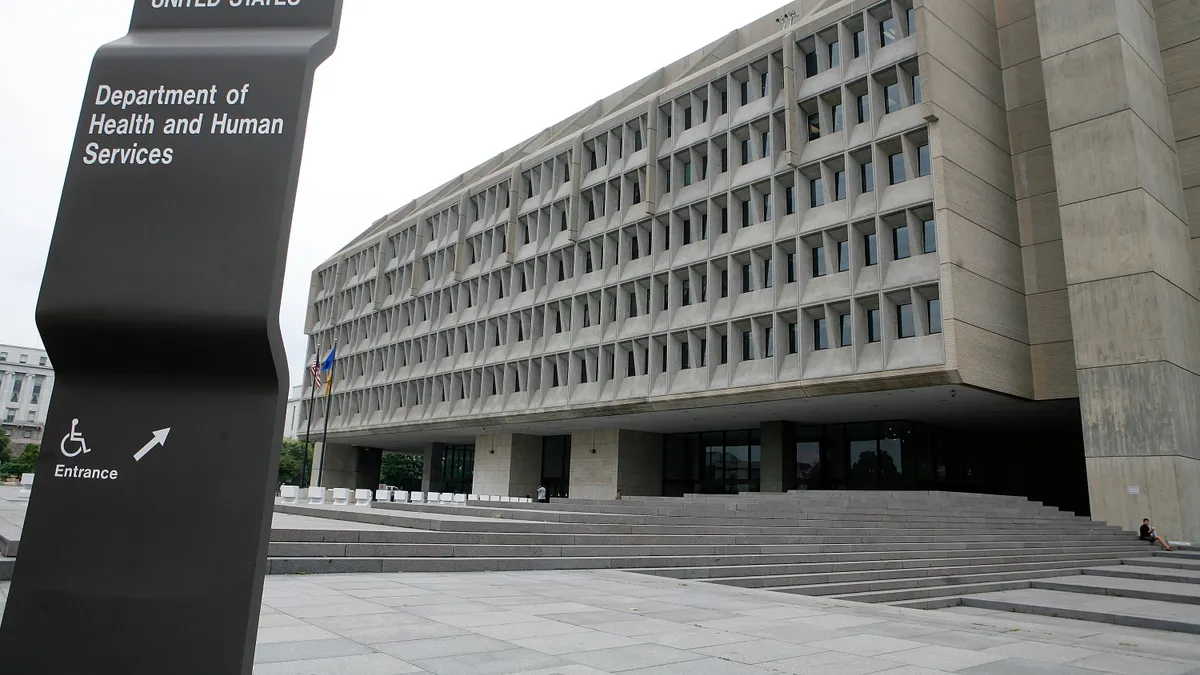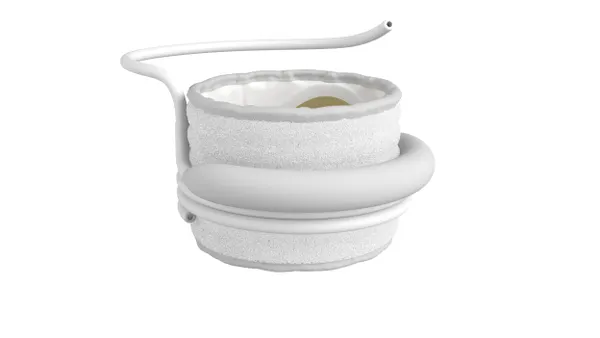Dive Brief:
- The Trump administration issued final regs rolling back decades-old rules meant to combat provider fraud and abuse that doctors say have stymied efforts to coordinate patient care and form value-based arrangements.
- The long-awaited changes to the Medicare physician self-referral law, called the Stark law, and anti-kickback rules are meant to reduce regulatory burden on providers, while attempting to boost value-based care and keep doctors from steering patients to select services that benefit them financially, CMS said. The American Hospital Association praised the moves, calling the revamp needed to replace a patchwork of waivers.
- The overhaul, proposed in October last year, has been delayed during the coronavirus pandemic despite bipartisan support. The final rules, issued Friday as part of a flurry of last-minute rule drops, are slated to take effect Jan. 19, one day before President-elect Joe Biden is inaugurated. The Biden administration could still tweak the rules in the future, though experts say that's unlikely.
Dive Insight:
The Stark law hasn't been significantly updated since it was enacted in 1989. It prevents physicians from referring patients to any entity with which they have a financial relationship, or billing Medicare for any improperly referred services.
The restrictions make sense in fee-for-service Medicare to prevent physicians from profiting off high volumes of referrals. However, providers have argued for years that the Stark and anti-kickback rules prevent them from coordinating patient care across different care sites and have hampered value-based arrangements, as doctors were spooked away from forming outside relationships for fear of harsh liability fines under Stark or criminal sanctions from the anti-kickback rules.
The Trump administration's facelift to the rules allows providers and other entities, such as medical device manufacturers, more flexibility to participate in value-based payment models and manage patient care in exchange for taking on risk.
Now, providers can join a "value-based enterprise" to achieve certain value-based goals for a target patient population, such as improving care quality and reducing costs. Entities can assume how much economic risk to take on, with more risk equaling more flexibility. Payments may be capitated or global.
For example, a hospital could partner with a diabetes care management company to give hospitalized diabetes patients free condition management devices and services post-discharge to try and prevent re-admissions and improve outcomes, HHS Secretary Alex Azar told Modern Healthcare.
Per the final rule, providers need to document each value-based enterprise and have personnel in place to keep the enterprise on track to meeting its goals, to ensure HHS can check providers aren't self-dealing.
The rules also finalize protection for some arrangements in fee-for-service or value-based payment models. For example, hospitals are allowed to donate electronic health record or cybersecurity software to smaller facilities, which should help with data exchange and protection across care sites.
The rules also provide more guidance on exemptions to Stark, including that compensation paid to one provider by another must be at fair market value.
The American Hospital Association and Federation of American Hospitals, among other hospital lobbies, have spoken out in support of efforts to reform the decades-old rules. However, legal experts say more clarity is needed from Friday's final rules, as providers will need to make meaningful back-end changes depending on which different arrangements and exceptions they want to pursue, and there's some ambiguity within the rules' text.
Additionally, some experts have pointed out that regulatory restrictions haven't been the biggest barrier to value-based adoption, but instead basic business worries about taking on financial liability. More than a fifth of U.S. healthcare executives say the threat of financial loss itself is the main roadblock to adopting value-based arrangements, according to an August survey conducted by consultancy Numerof & Associates.
After first soliciting comment on how it could alter the regulations in 2018, the Trump administration first proposed the new exemptions and safe harbors in a rule October 2019, to general applause from providers. However, industry opposed linking Stark exemptions to price transparency, a measure HHS considered that would have forced providers to give patients their out-of-pocket costs for referred treatments. The unpopular provision didn't make it into the final rules.
The finalization of the rule was delayed amid the pandemic. But earlier this year, CMS temporarily waived some of the restrictions to try and incentivize hospital and physician cooperation during COVID-19, allowing hospitals to loan telemedicine equipment to medical offices, for example.
The final rules are scheduled to take effect one day before President-elect Biden assumes control, so they wouldn't be affected by any order from the new administration to suspend regulations that haven't taken affect yet, if such an order is issued, legal experts at Akin Gump Strauss Hauer & Feld say. And experts note given broad support for the rules in the private sector and on both sides of the aisle, it's likely the relaxations are here to stay, at least in the near term.











